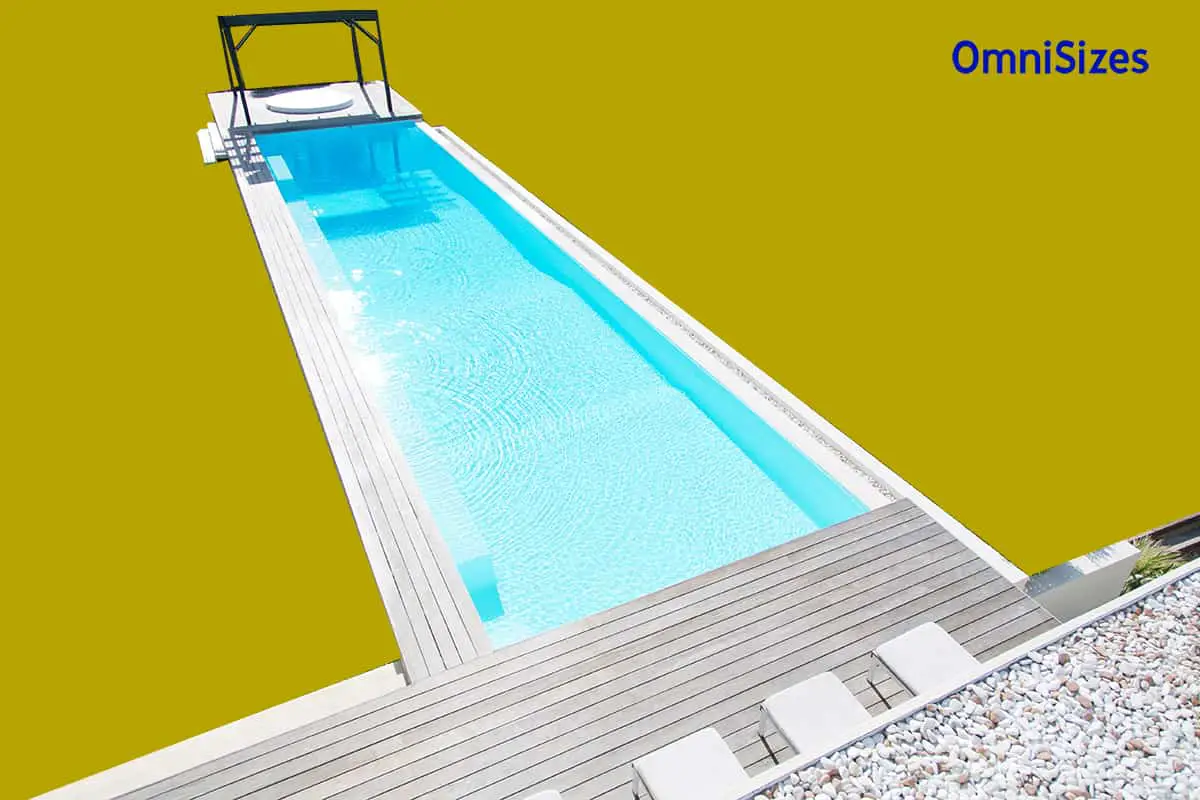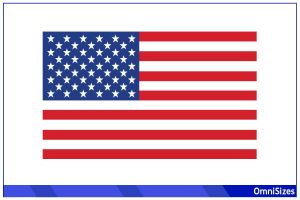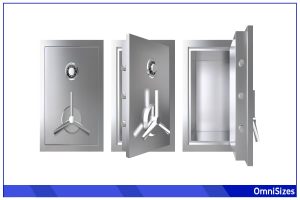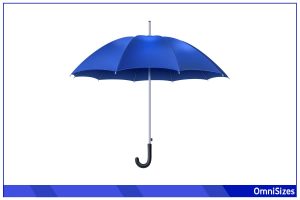When it comes to home swimming pools, one type stands out for both fitness enthusiasts and those seeking leisure: lap pools. You should bear lap pool sizes in mind when planning to add one to your home. These pools are designed for swimming laps and differ significantly in size and shape from traditional recreational pools.
Lap pools typically range from 10 to 50 feet in length (3.05 to 15.24 m) and 6 to 10 feet in width (1.83 to 3.05 m). The amount of available space should dictate how large or small to make your home lap pool.
This guide will cover the various dimensions of lap pools, as well as explain various considerations before installing a lap pool in your backyard.
What Is a Lap Pool?
A lap pool is a streamlined, elongated pool designed for swimming laps. It’s an ideal choice for those seeking a focused swim workout or a relaxing swim in a confined space. Characterized by its narrow and long shape, a lap pool is specifically tailored for continuous, straight swimming without interruptions.
Unlike larger recreational swimming pools, lap pools focus on function over form. They are engineered for efficiency, facilitating a consistent swimming rhythm. Additionally, lap pools can be equipped with features like heating systems, allowing for year-round use, and counter-current mechanisms, which enable swimming in place.
Standard Lap Pool Sizes

Like any pool, lap pools are available in a variety of dimensions. However, there are common sizes to choose from.
Common Lengths and Widths
The most common length for a lap pool ranges from 10 to 50 feet (3.05 to 15.24 m). This length provides enough space for a comfortable swimming stroke and turn. For width, the typical range is 6 to 10 feet (1.83 to 3.05 m).
Depth Considerations
The depth of a standard lap pool usually falls between 3 and 4 feet (0.91 to 1.22 m). This depth is safe for most swimmers and avoids the additional costs and maintenance associated with deeper pools. It’s also conducive for activities like aquatic exercises and water aerobics, adding versatility to the lap pool’s use.
Size Variations by Purpose
Lap pools can vary in size based on their intended use. For residential properties, sizes lean towards the smaller end of the spectrum due to space limitations. In contrast, commercial facilities or competitive swimmers might opt for longer pools, closer to the Olympic standard of 50 m (164 feet) to simulate a professional swimming environment.
How to Choose a Lap Pool Size
Before investing in a lap pool of a specific size, you should consider the following.
1. Assessing Your Space
Measure the area where you plan to install the pool, taking into account any surrounding landscaping or structures. Ensure there’s enough room for construction access and pool maintenance. For smaller spaces, compact lap pools might be the best option, while larger areas can accommodate longer and wider pools.
2. Considering the Users
If your lap pool is primarily used for exercise and you’re a serious swimmer, a longer pool might be necessary. For casual use or aquatic exercises, a shorter pool may suffice. Also, consider the number of people who will use the pool simultaneously. If your family or friends will often join you, a wider pool could be more suitable.
3. Purpose of the Pool
Your intended use for the pool plays a significant role in determining its size. For rigorous training or lap swimming, a longer pool allows for a better workout with fewer turns. If the pool is for relaxation or aquatic therapy, a smaller size with comfortable depth might be more appropriate.
4. Aesthetic Integration
How the pool integrates aesthetically with your home and landscape is also important. The size of the pool should complement your property’s overall look. A well-proportioned pool enhances your outdoor space without overwhelming it.
Designing a Lap Pool for Different Spaces
When it comes to installing a lap pool, the design must be tailored to the specific space available.
1. Backyard Lap Pools
For many homeowners, the backyard is the ideal location for a lap pool. The key is to design a pool that harmonizes with the existing landscape. In smaller backyards, a narrow, long pool can maximize swimming space without consuming the entire yard. In larger areas, you have the flexibility to install longer pools, which are great for serious swimmers. The orientation of the pool should consider sunlight exposure and wind direction to enhance comfort and energy efficiency.
2. Indoor Lap Pool Considerations
Space constraints are a primary consideration when designing an indoor pool. The pool should be proportionate to the room, leaving sufficient space for poolside activities and equipment. Ventilation and humidity control are crucial to prevent moisture damage.
3. Pools in Small Urban Spaces
A compact lap pool or a plunge pool with swim jets (which create a current to swim against) can be ideal. These pools can fit into narrow side yards or small backyards, transforming a limited area into a relaxing oasis.
4. Custom Shapes for Unique Landscapes
Sloped yards, irregularly shaped spaces, or areas with existing structures may require custom-shaped pools. These pools can curve around obstacles, fit into odd-shaped areas, or even be elevated above the ground.
Lap Pool Materials
Selecting the right material for your lap pool is a key decision impacting its durability, maintenance, and appearance.
Concrete Pools
Concrete is a popular choice for lap pools due to its durability and flexibility in design. It allows for customization in shape and size, ideal for unique or larger pools. However, concrete pools require more time to build and are higher in maintenance, needing regular resurfacing and cleaning.
Fiberglass Pools
Fiberglass pools are known for their quick installation and low maintenance. They come in pre-made shapes and sizes, making them a convenient option for standard lap pool designs. Fiberglass is smooth to the touch and resists algae growth, reducing the need for chemicals.
Vinyl Liner Pools
Vinyl liner pools are cost-effective and offer a variety of design options. The liners are custom-fitted to the pool’s shape, allowing for some degree of customization. Vinyl is non-porous, preventing algae buildup. However, liners can be prone to damage and may need replacement every 6 to 10 years.






